Countries that didn’t exist 100 years ago
The world map is ever-evolving, with new countries emerging from historical shifts and political transformations. These newly formed nations often carry vibrant stories of struggle, resilience, and triumph. They emerge from the shadows of larger entities, each with a unique journey towards self-determination and identity. Exploring these stories offers a glimpse into the complexities of nation-building and the diverse paths to sovereignty.
The Birth of South Sudan: A Journey to Independence
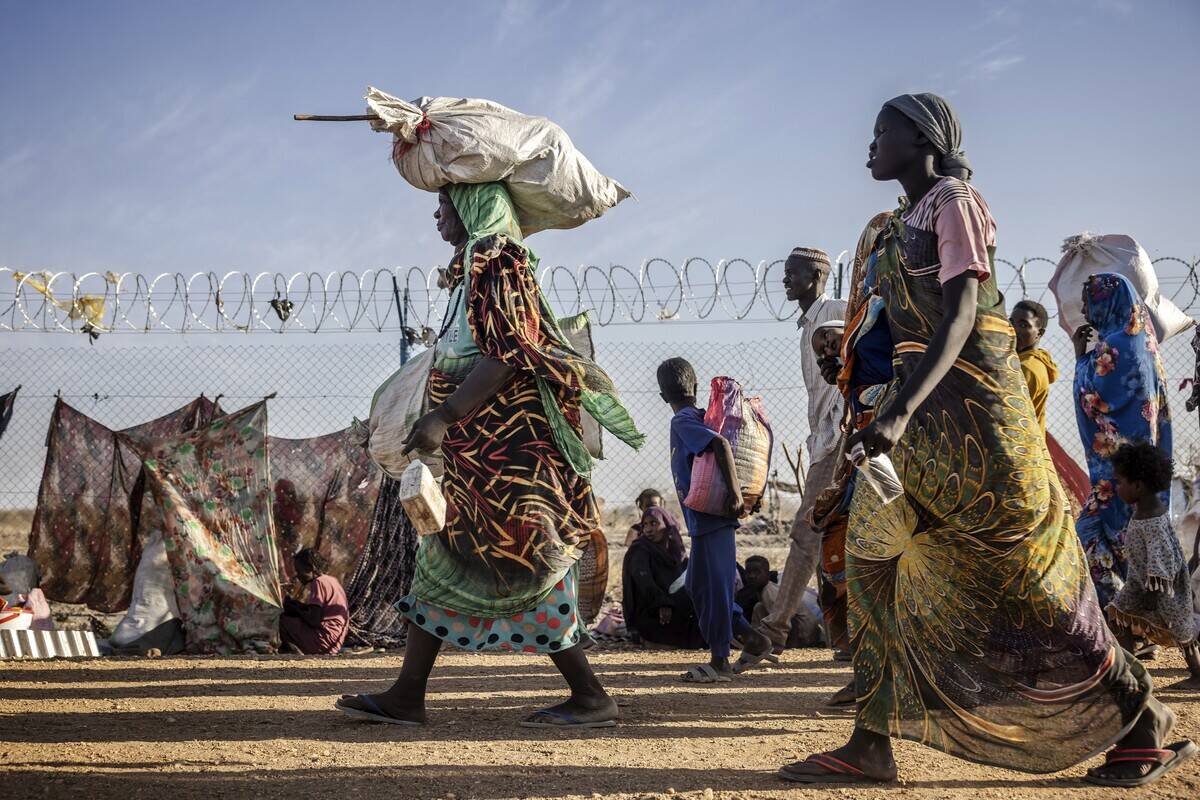
South Sudan became the world’s newest country on July 9, 2011, following a referendum where nearly 99% voted for independence from Sudan. The road to independence was long and fraught with decades of civil war that left millions displaced. Despite challenges, the birth of South Sudan marked a hopeful new chapter for its citizens, who celebrated with joyous ceremonies across the nation.
East Timor: From Colonial Rule to Sovereignty

East Timor, also known as Timor-Leste, gained independence on May 20, 2002, after centuries of Portuguese colonial rule and a brutal Indonesian occupation. The struggle for freedom included a 1999 UN-supervised referendum where the Timorese overwhelmingly voted for independence. Today, East Timor is recognized for its rich cultural heritage and its ongoing journey towards stability and development.
The Velvet Divorce: The Peaceful Split of Czechoslovakia

The peaceful separation of Czechoslovakia into the Czech Republic and Slovakia on January 1, 1993, is known as the Velvet Divorce. This amicable split followed rising nationalist sentiments and political disagreements. Unlike many separations, this one was marked by mutual respect and cooperation, serving as a model for peaceful transitions worldwide.
A Modern Baltic Tale: Estonia’s Independence
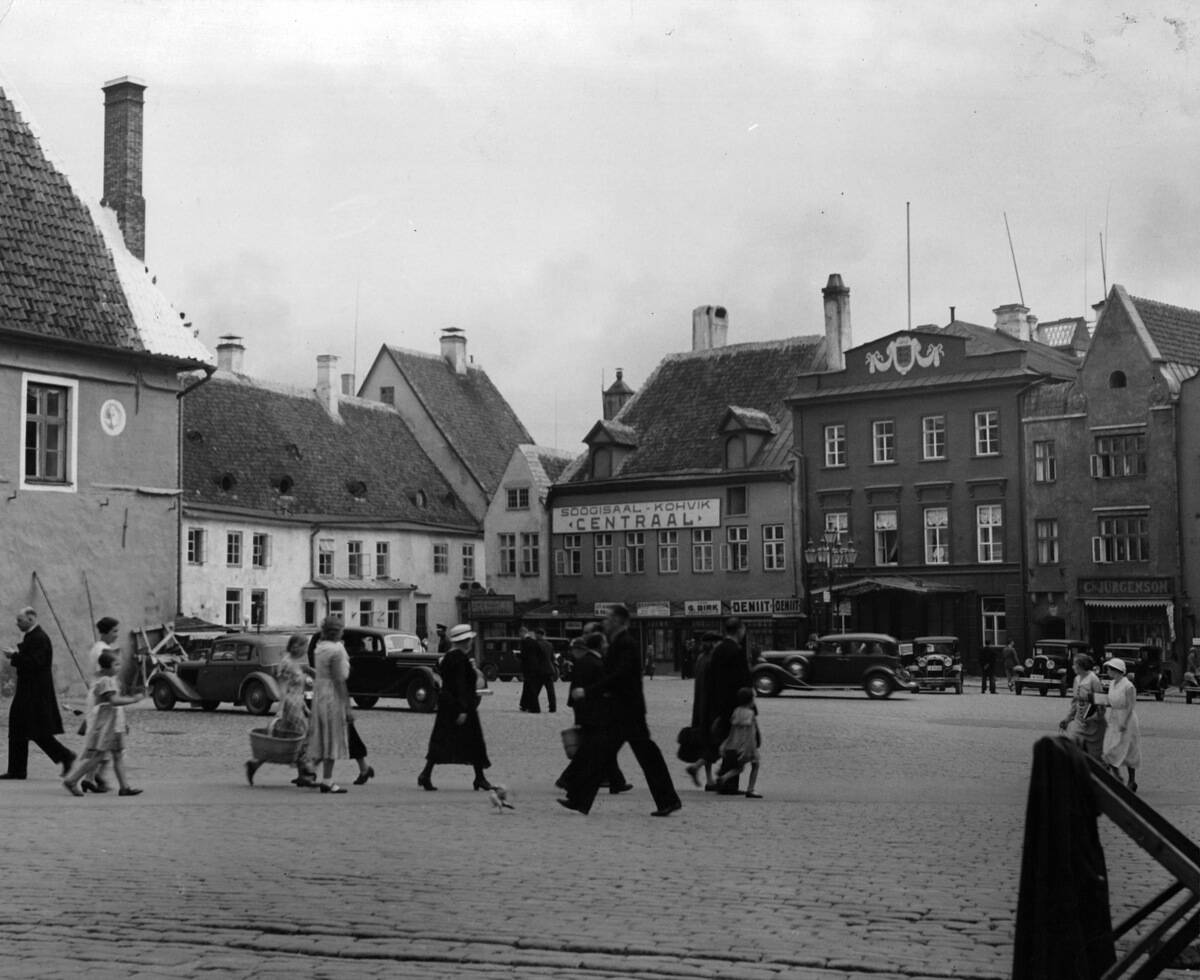
Estonia regained its independence on August 20, 1991, following the collapse of the Soviet Union. The Singing Revolution, a series of peaceful demonstrations, played a crucial part in this process. Estonians gathered to sing patriotic songs, fostering a spirit of unity and resistance. Today, Estonia is celebrated for its digital innovation and vibrant cultural scene.
Latvia: Rising from the Ashes of the Soviet Union
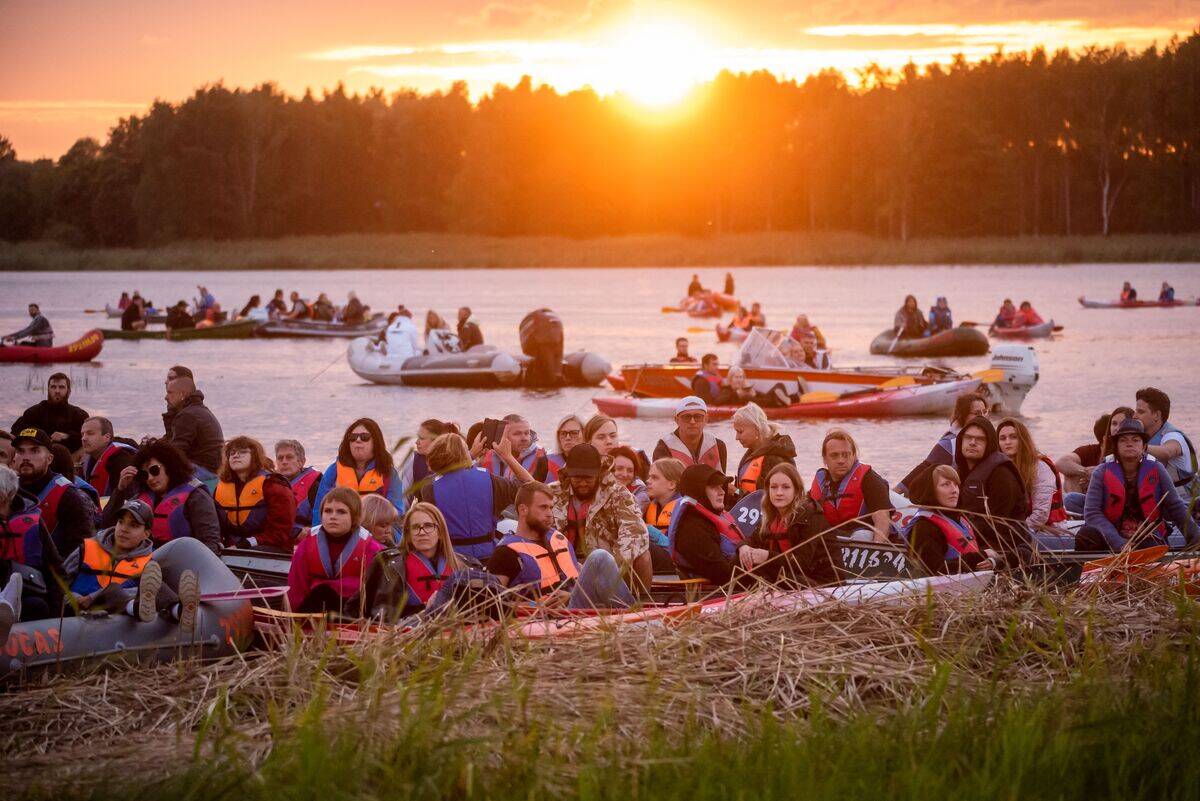
Latvia declared its independence on August 21, 1991, after 50 years of Soviet occupation. The path to freedom was marked by the Baltic Way, a human chain of two million people linking hands across the Baltics in 1989. Latvia has since transformed into a dynamic member of the European Union, valuing its rich traditions and natural landscapes.
Lithuania: Reclaiming Identity and Independence

Lithuania was the first Soviet republic to declare independence on March 11, 1990. The move was inspired by a strong desire to reclaim national identity and sovereignty. The subsequent years saw significant reforms and integration into Western institutions. Today, Lithuania is recognized for its vibrant culture and commitment to democratic values.
The Breakup of Yugoslavia: Birth of New Nations
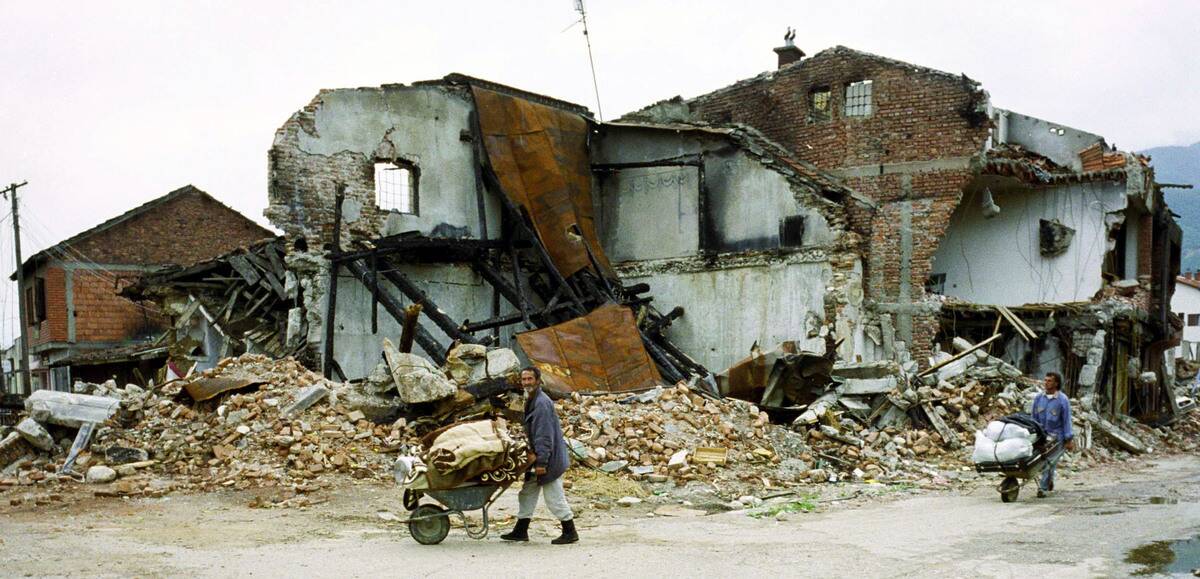
The dissolution of Yugoslavia in the 1990s led to the creation of several new countries, including Slovenia, Croatia, Bosnia and Herzegovina, and others. The breakup was marked by ethnic conflicts and wars, resulting in a complicated path to peace and stability. Each new nation has since been working towards rebuilding and fostering national unity.
Slovakia’s Path to Nationhood

Slovakia became an independent nation on January 1, 1993, following the Velvet Divorce from the Czech Republic. The peaceful separation allowed Slovakia to focus on developing its own identity and economy. Today, Slovakia is known for its picturesque landscapes and vibrant cultural heritage, drawing visitors from around the world.
The Emergence of Eritrea: A Long Struggle for Freedom
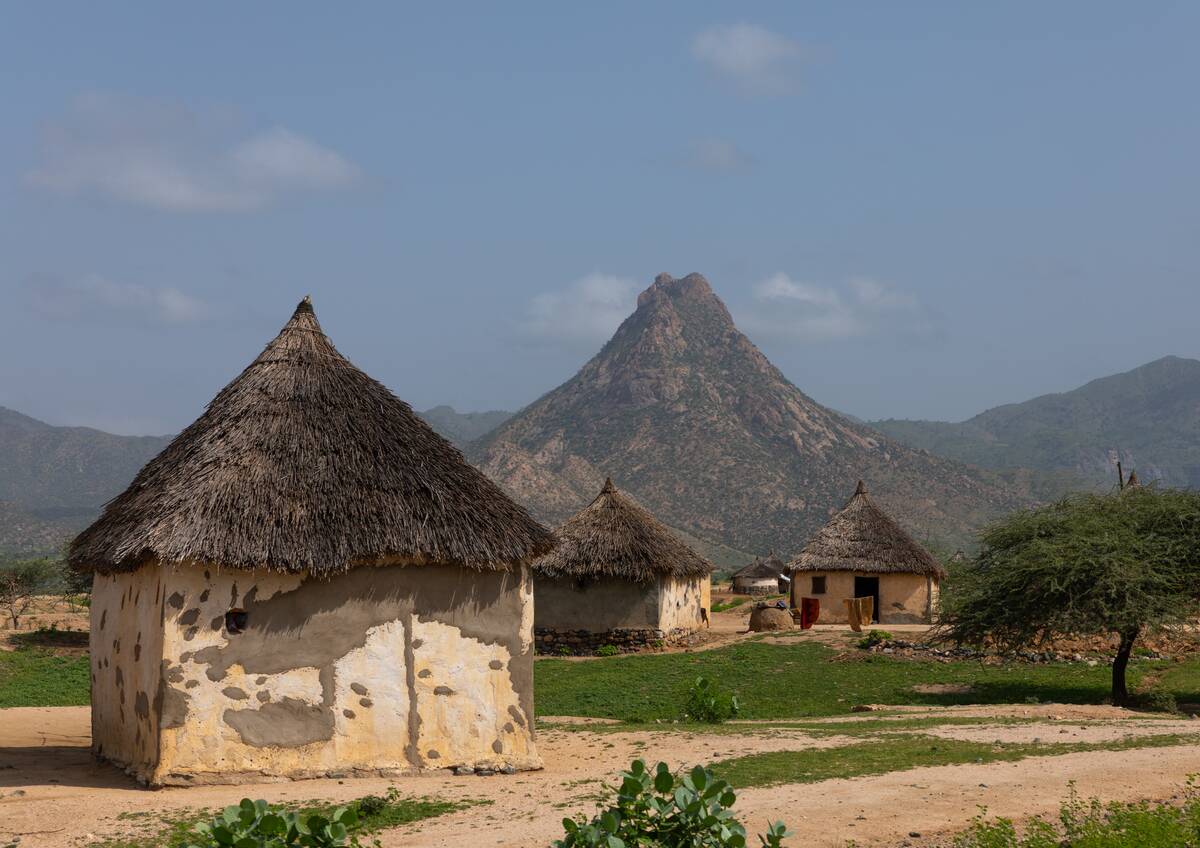
Eritrea achieved independence from Ethiopia on May 24, 1993, after a 30-year war of independence. The struggle was marked by significant sacrifices and a strong sense of national identity. Despite ongoing challenges, including regional tensions, Eritrea remains committed to building a peaceful and prosperous future for its people.
Palau: From Trust Territory to Independent Nation

Palau gained independence on October 1, 1994, becoming one of the world’s smallest and youngest nations. Previously a United Nations Trust Territory under U.S. administration, Palau chose free association with the U.S. The archipelago is renowned for its stunning marine biodiversity, attracting divers and nature enthusiasts from around the globe.
The Rebirth of Armenia: From Soviet Republic to Independent State

Armenia declared independence from the Soviet Union on September 21, 1991. The transition was driven by a strong desire to restore historical identity and sovereignty. Today, Armenia is celebrated for its rich cultural heritage, ancient history, and contributions to art and science, standing proudly on the global stage.
Kazakhstan: The Journey from Soviet Republic to Sovereign Nation
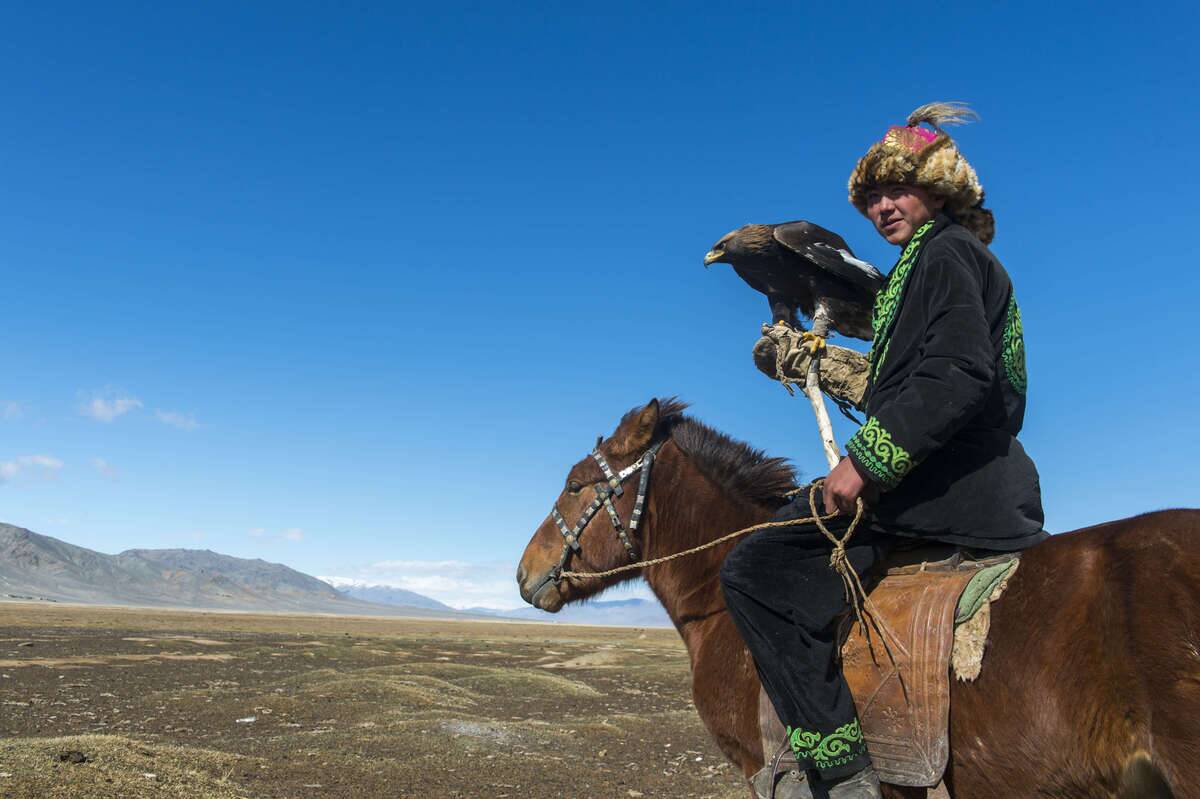
Kazakhstan declared independence on December 16, 1991, becoming the last Soviet republic to do so. The country has since leveraged its vast natural resources to develop its economy. Known for its diverse culture and ambitious modernization efforts, Kazakhstan plays a key role in regional affairs and global energy markets.
The Creation of Bosnia and Herzegovina: A Complex Path to Statehood
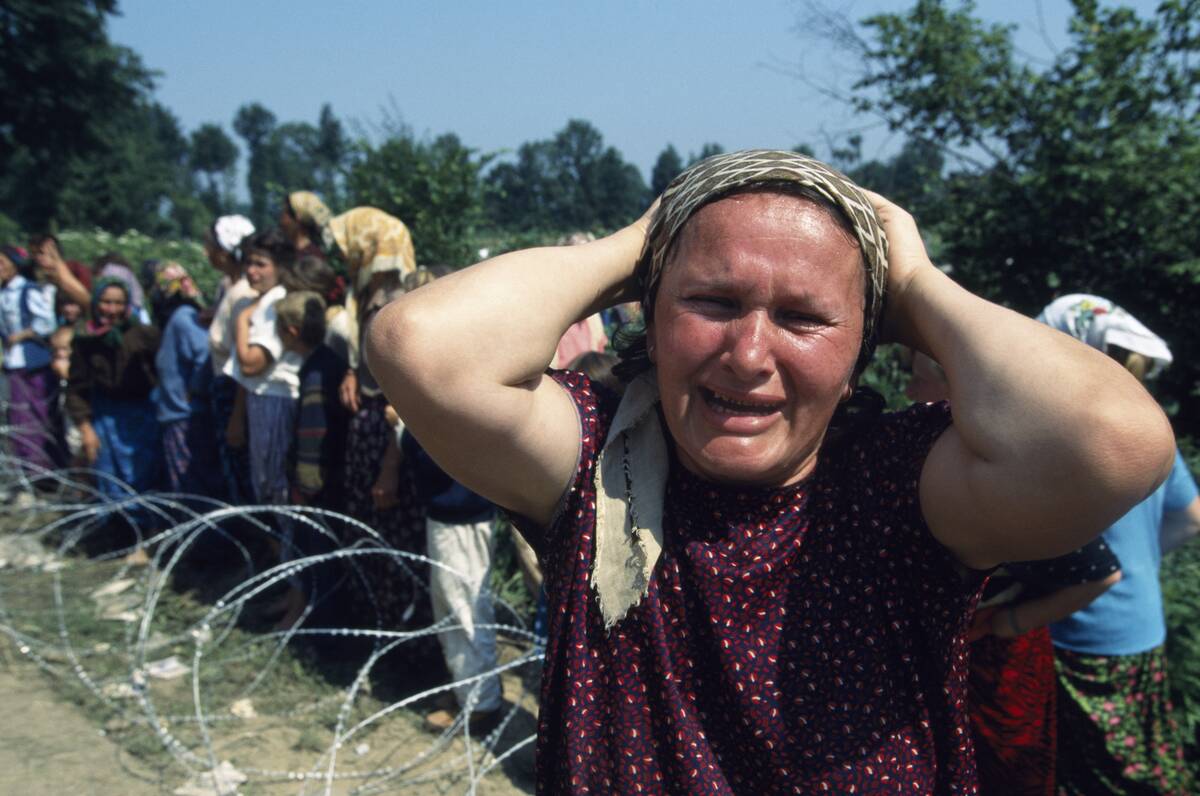
Bosnia and Herzegovina declared independence from Yugoslavia on March 1, 1992. The process was marred by a brutal war that lasted until 1995, culminating in the Dayton Agreement. Since then, Bosnia and Herzegovina has been working to foster reconciliation and economic development, embracing its multicultural heritage.
Uzbekistan: From the Soviet Union to Independent Nationhood

Uzbekistan declared independence on August 31, 1991, amidst the dissolution of the Soviet Union. The nation embarked on a journey to reclaim its history and cultural identity while pursuing economic reforms. Known for its rich heritage and the ancient Silk Road, Uzbekistan is now a vibrant tourist destination, attracting visitors worldwide.



